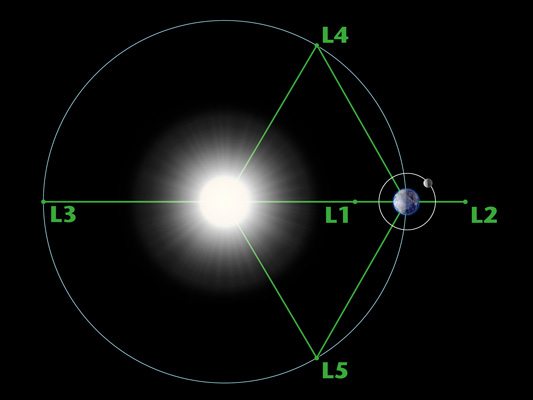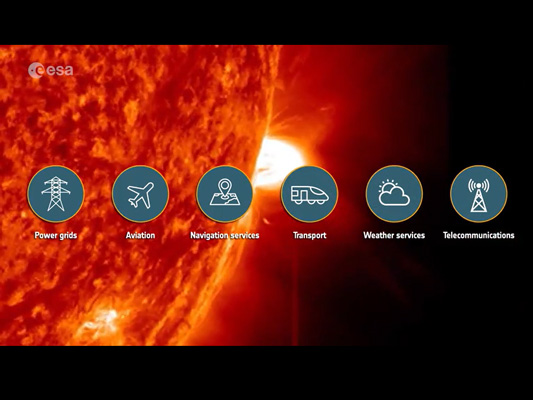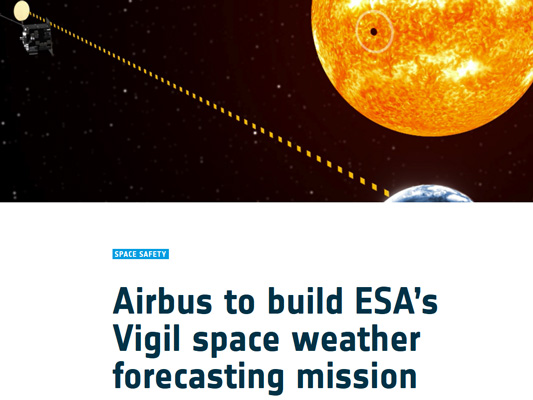The Vigil Mission
The Vigil mission will be an operational space weather mission, with a goal to monitor the Sun from its unique position at the L5 Lagrange point of the Sun-Earth system. This is a gravitationally stable point about 60° degrees behind the Earth in its orbit, allowing early warning of solar storms that are most impactful to the Earth and its critical infrastructure (power grids, aviation, navigation, transport, weather services and telecommunications).
The payload suite consists of a mixture of imaging and in situ sensing instruments provided by a mixture of European institutes and industrial partners. In addition to the European instruments, Vigil will bring two instruments from the USA, from NASA and NOAA, strengthening international collaboration.
The Vigil payload will consist of the following instruments:
- Photospheric Magnetographic Imager (Germany), Max Planck Institute for Solar System Research (MPS)
- Heliospheric Imager (Italy, Belgium), Leonardo SpA/CSL, Belgium
- Compact Coronagraph (USA, NOAA), Naval Research Lab
- Plasma Analyser (UK), Mullard Space Science Lab
- Magnetometer (UK/Austria), Imperial College London/IWF Graz
- Extreme ultraviolet (EUV) Imager ‘JEDI’ (USA, NASA), prime contractor under final selection
The mission will be the first of its kind and will give scientists a trove of new data for research, while simultaneously supporting Vigil’s ability to monitor space weather. It is planned to launch the Vigil mission in 2031.
Source and credits: ESA, NASA, PMOD/WRC



